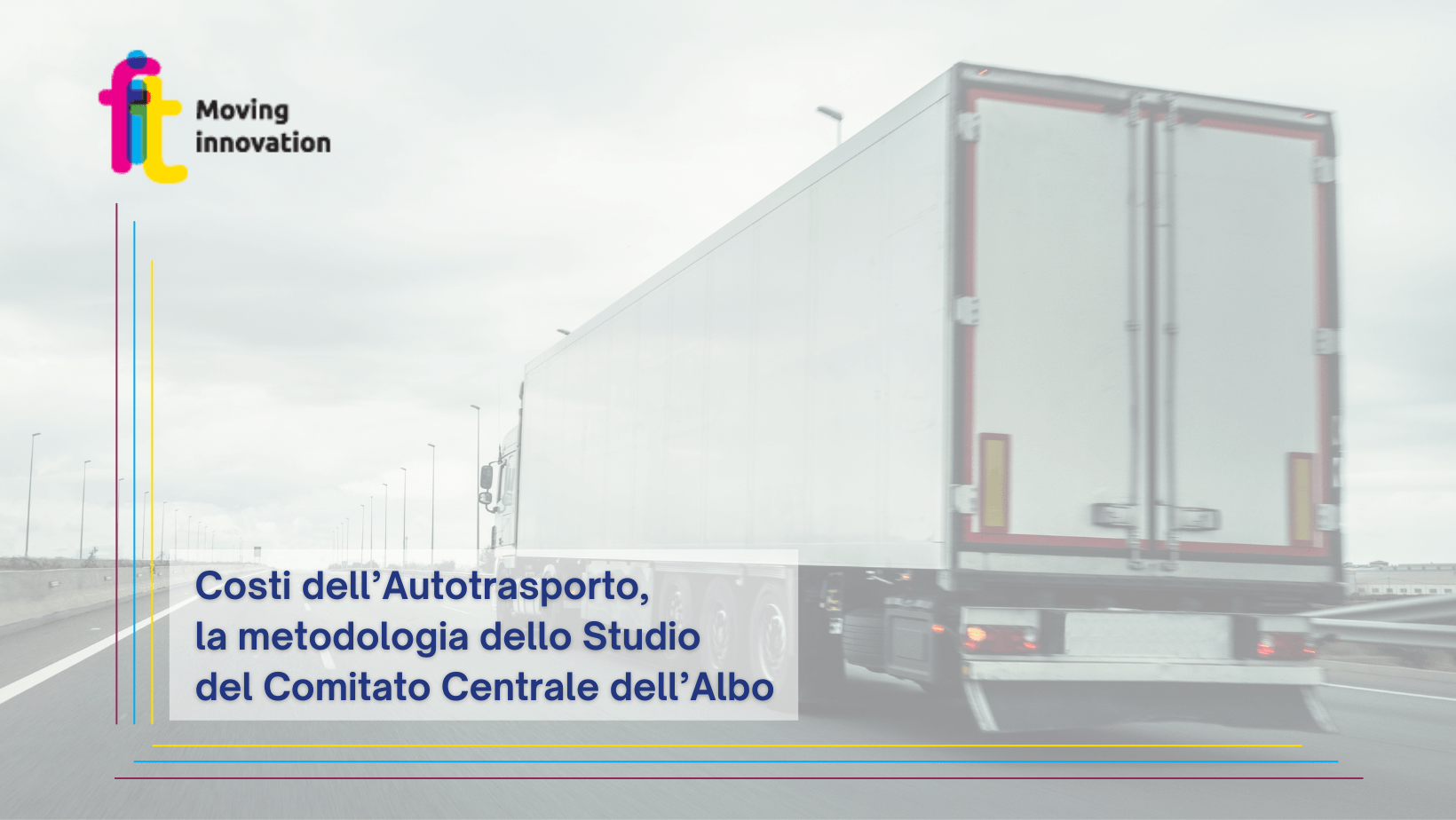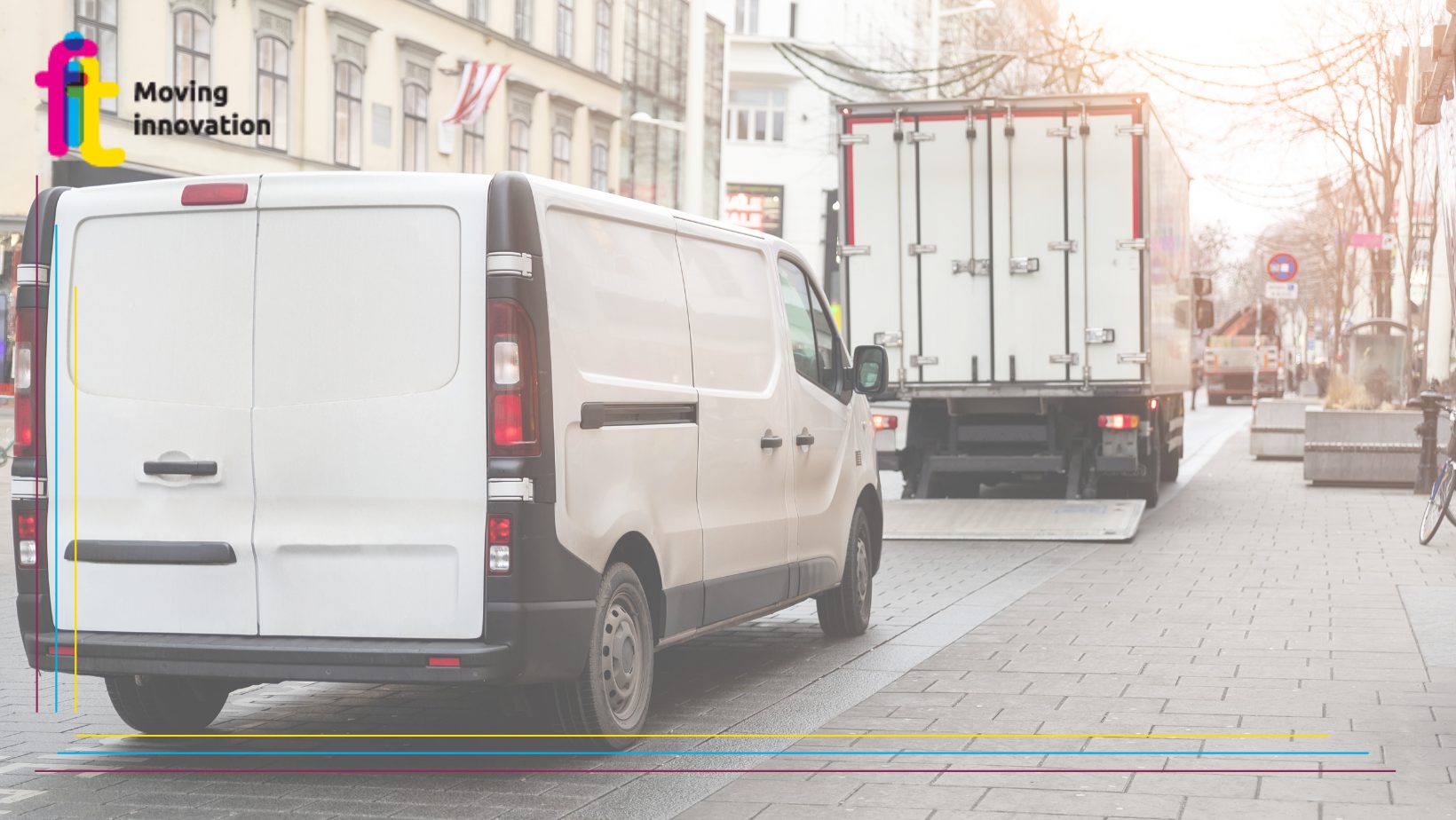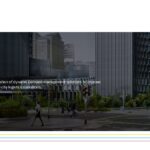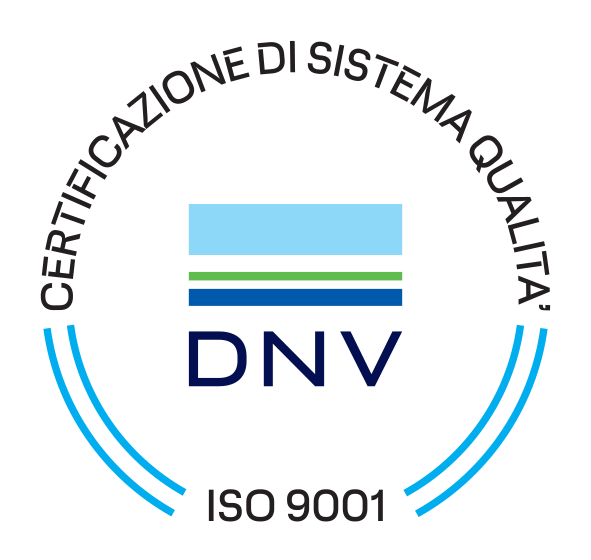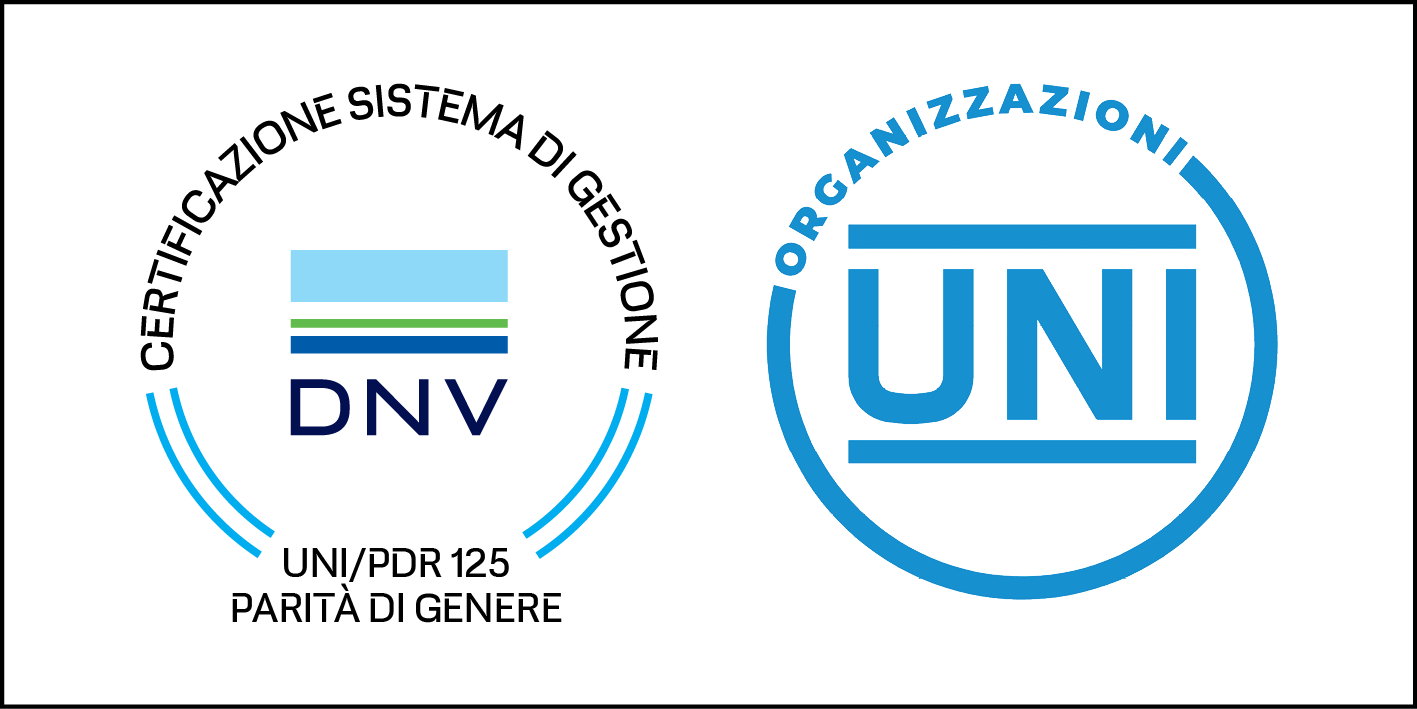The context of road transport
Road freight transport today accounts for almost all freight transport within the country and between EU countries. In this context, freight transport for third parties takes the largest share in terms of tonne-kilometres.
It is an obvious phenomenon that is there for all to see: it is in fact part of our daily experience to see rows of articulated lorries moving on motorways, queuing at ports and interports or parked in car parks, full of lorries at night, or even to hear on the news about accidents, maxi-engineering and the difficulties (and protests) of the road transport world.
From an operational point of view, drivers are bound to strict hourly rules for driving, loading and unloading procedures are known, and tracking systems meticulously record routes, times and kilometres. Yet, we cannot claim to know as well what costs a haulage company incurs in order to operate.
The question is not just academic or a Research Institute curiosity. In fact, road haulage receives important state subsidies through the reimbursement of part of the excise duty on fuel and through other contributions to the operational and training activities of personnel. Road transport is essential for the prosperity of a manufacturing country like Italy and to enable consumers, manufacturers and distributors to get the goods they need when they need them. In addition, the opening of borders in the European Union has led to problematic commercial competition between Western hauliers with high operating costs and Eastern European hauliers who enjoy much lower labour costs, thus triggering a race to the bottom in tariffs that has undermined the foundations of the sector’s sustainability and made a profession that a few decades ago was one of the most sought-after unattractive.
It is on the basis of these considerations that in 2021 the Central Committee of the Road Haulage Register launched a tender to select a qualified operator to carry out the ‘”Specialist comparative study of operating costs and business taxation as well as market prices in the Italian and European road haulage sector”. FIT Consultingtogether with REDAS Engineeringanswered the call and won the selection.
The Studio
The study offered the possibility to compare and analyse data collected from seven European countries (Germany, Poland, Spain, France, Romania, Lithuania and Slovenia) with the data collected for Italy.
Four areas of knowledge were discussed:
- The operating costs of the road haulage business;
- The tax and social contribution situation in which companies, in their own country, operate;
- Current market prices on European routes with origin and destination Italy;
- Vection prices for Italian routes.
The objective of the analyses conducted was to identify elements to support the formulation of proposals within the framework of sector policies, bearing in mind that the Committee is constantly engaged in an action to promote the haulage sector in order to enhance its environmental sustainability and better management characteristics with a view to increasing its competitive capacity in a scenario characterised by a strong presence of international competition.
The methodology of analysis
Given the broad scope of the information to be found and how diverse and varied the possible transport situations to be interpreted were, it was necessary to adopt some selective criteria on the field of research.
First of all, the characteristics of the type of road haulage being researched were defined. It was therefore considered necessary to compare companies competing on the same market; in this case, the market for international route haulage. This consideration led us to determine the characteristics of the vehicles under analysis: tractor-semi-trailer combinations with a maximum gross vehicle weight exceeding 26 tonnes, i.e. the type of vehicle usually used for international transport. The comparison of costs incurred by other transport sectors, such as last-mile distribution, while interesting from an analytical point of view, would not have brought added value in the knowledge of the competitive dynamics between the countries surveyed.
A second criterion, necessary to carry out a study that could truly support the choices of the Roll and the haulage sector as a whole, is that of determining the reference year for data collection and subsequent comparative comparison. The last year ‘not influenced by exogenous phenomena of an exceptional nature’ (read COVID-19) was therefore chosen as the period of analysis of the study, i.e. the 2019also in view of the fact that with the stabilisation of the post-pandemic situation, the operating conditions of 2019 should – net of the regulatory changes being implemented by the European Commission in the Mobility Package – also be restored for the coming years.
Based on the definition of the research objective, it was then possible to start the identification and subsequent selection of information sources. This selection involved the acquisition of publicly available data of statistics on the economy, business and the world of road transport through European institutional sources (Eurostat in primis) and the individual countries being researched. For other information, e.g. for travel allowances, fuel costs, business taxation, personal income taxation and contributions, careful and punctual searches were made in documents and data published physically and/or digitally by Ministries, National agencies or study and research centres specialised in economics and taxation, referring as far as possible to official information sources.
When, on the other hand, the data to be researched were not directly available, in particular data on operating conditions such as truck utilisation, working dynamics, actual working hours, etc., reference was made to studies, analyses and research carried out by Qualified Institutes and Organisations such as the International Road Transport Union (IRU), El Observatorio de Costes del Transporte de Mercancías por Carretera (of the Spanish Ministerio de Transportes, Movilidad y Agenda Urbana), the Comité Nationale Routier (French CNR), which have made the results of their work publicly available.
Finally, direct face-to-face interaction with transport operators, drivers and company directors, who helped us contextualise the data and dynamics that gradually emerged from the surveys and literature, was essential. In this sense, it is worth emphasising that the collection of transport and company operating costs, market offers on international routes, and the costs of veering into the international arena is a complex, diverse, dynamic and constantly evolving subject. Indeed, costs and tariffs are often a matter of direct negotiation between the parties depending on multiple variables, e.g. how the cost of a cruise varies depending on whether it is a spot trip or part of a framework contract. For this reason, the Study, rather than having a statistical value, has a parametric value that is useful to make a comparative analysis between the situations of different countries.
Concluding remarks
The study, the results of which are being assessed by the Central Committee of the Road Hauliers’ Register, has made it possible to define a careful selection of different information sources that can provide, as a whole and with the appropriate interpretation criteria, a valuable cognitive framework on the dynamics of road haulage costs in different countries. The experience gained has therefore increased the professional asset of FIT Consulting, which is ready to set out again for further areas of analysis, for example to clarify how lockdowns have affected the economic and operational dynamics of the road transport world.
This contribution was written by Nicola Bassi, Head Of Research And Development:

